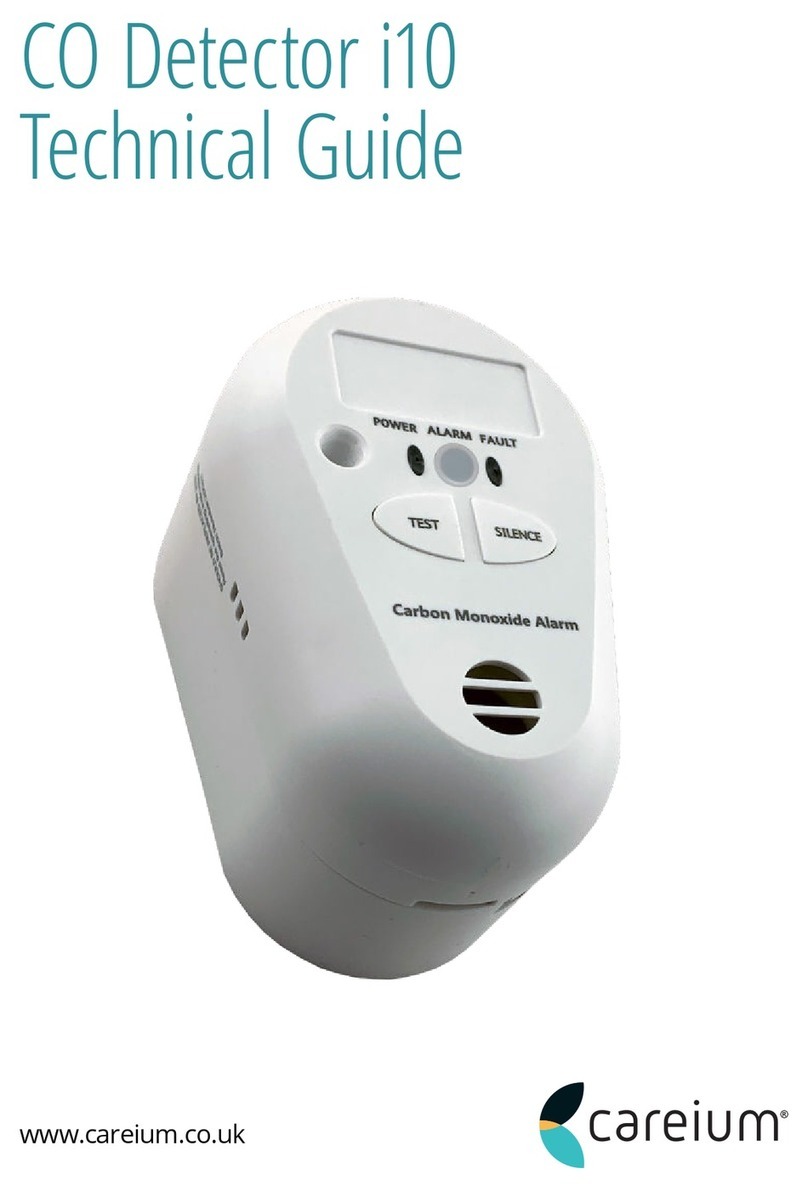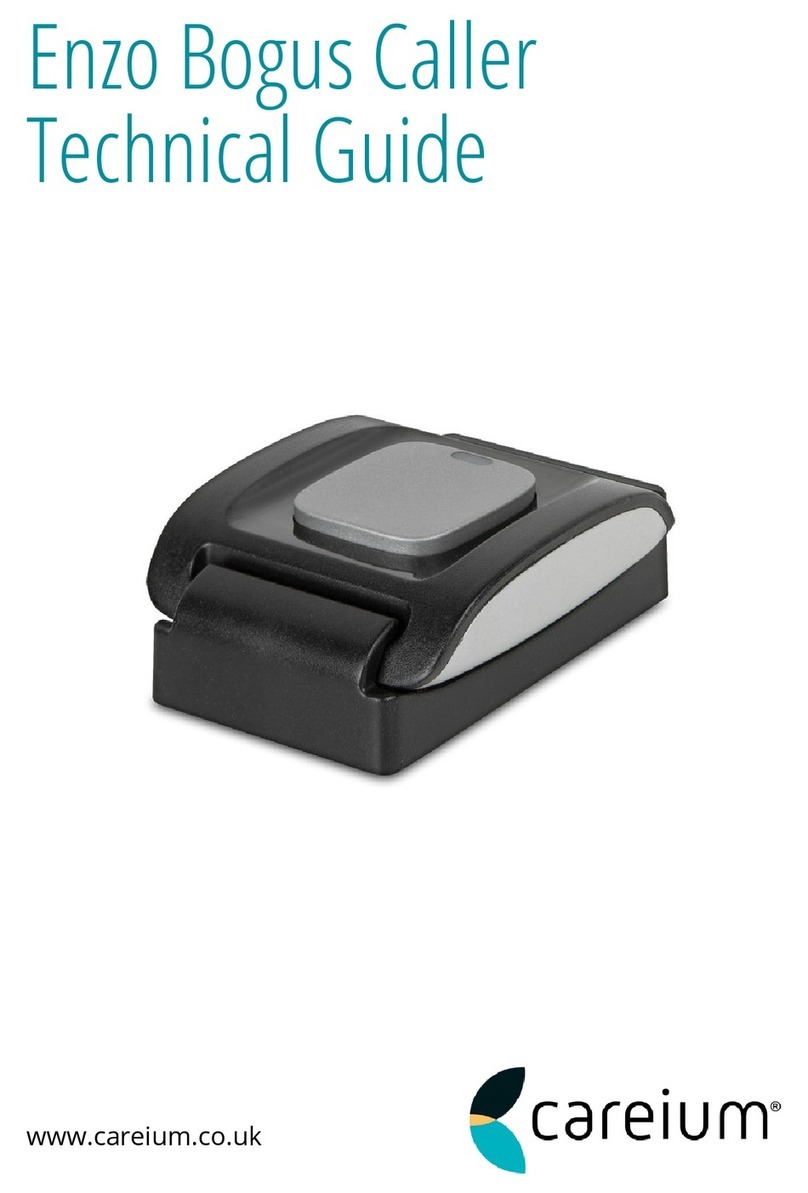
Settings
How it works
General information
How/where to install
The temperature extreme sensor has 3 different alarm thresholds/events: -
1) Low temperature - 12 C
2) High temperature - 35 C
3) Temperature rate of rise of: -
o 1C in one minute over 30 min -if temperature goes up 30C in 30m, it's a strong indication something
isn't right
o 3C in one minute over 5 min -if temperature goes up 15C in 5 m, it's a strong indication something
isn`t right
Temperature extreme sensor can be located in smoke enriched environments, i.e., kitchen, without
raising false alarms. It's typically installed on the ceiling or wall in the kitchen to protect
people/property against extremes of temperature.
Install the sensor using the 3M adhesive backed pad provided, fix to the rear of the plastic housing and
then to the wall or ceiling.
Low Temp - It’s easy not to notice a gradual drop in room temperature, particularly during the winter
months. Cold is felt less as you get older and your ability to control and regulate body temperature is
reduced. This makes you more susceptible to the cold and with any long-term health conditions, and
you therefore may be put at risk of hypothermia.
High Temp or Rapid Rate of Rise - Equally important is being aware of a sudden rise in temperature. If
there is high temperature outside in the summer and inadequate ventilation, this can lead to
dehydration for the occupant and also to damp and mold situations.
If activated, the temperature extreme sensor sends an alarm via the pendant alarm to Careium.
Advice would be, check for: pans on in the kitchen, heating appliances to make sure they haven't
broken down, door has't been left open causing their home to become too cold.
The Careium Extreme Temperature Sensor detects extremes of temperature and alert potential
serious issues. The sensor will automatically raise an alarm via the social alarm unit if the temperature
is too hot (35ºC), too cold (12ºC) or a rapid rate of rise in temperatures in the house, for example if the
heating breaks down in winter.
Why temperature is important
2





























